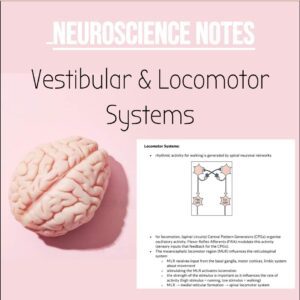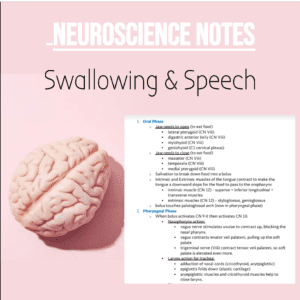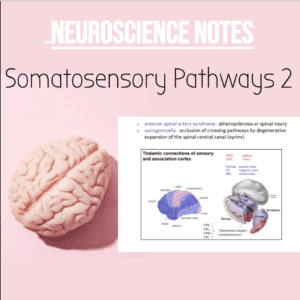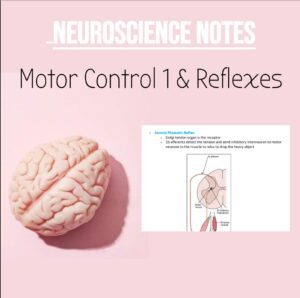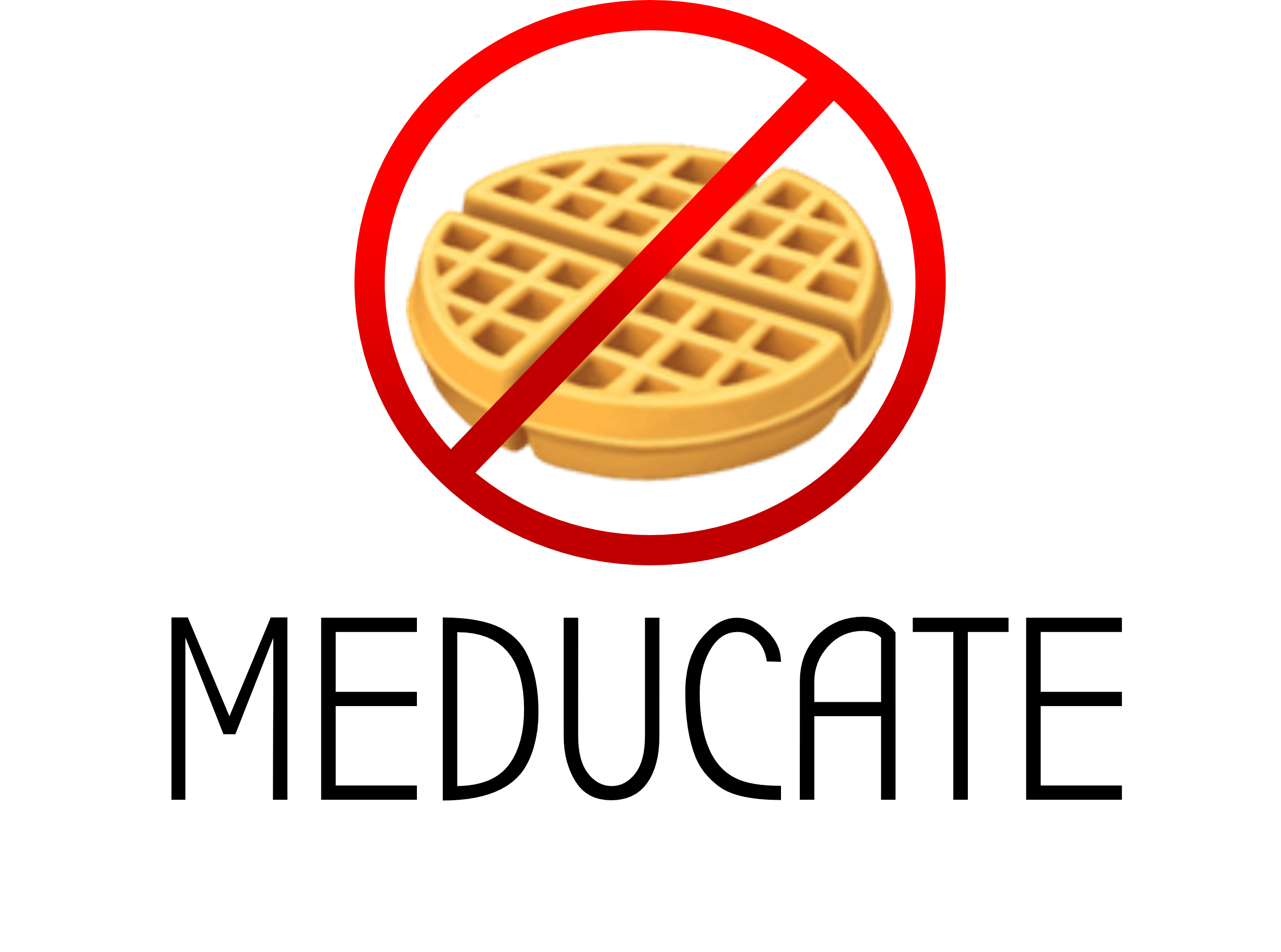 Notes: nsb motor control 2 - motor cortex
Notes: nsb motor control 2 - motor cortex
Similar resources:
Y2, Y2Notes, Y2 NSB, Neuro Notes, Neuroscience, Christopher Yeo, Chris Yeo, NSBNeuro
Descending Motor Pathways:
o Corticospinal and rubrospinal = control fine, fractionated, and voluntary
movements of limbs and fingers
o Vestibulospinal and Tectospinal = control neck and head posture
o Reticulospinal = controls posture of trunk and antigravity muscles of the
limbs
• Premotor Cortex = Premotor Area + Supplementary Motor Area
• Thalamocortical connections:
o certain areas of the cortex match up with thalamic nuclei, so can be
mapped
N&B Neuroscience: Motor Control 2 –
Motor Cortex and Corticospinal System
• Corticospinal and Corticobulbar Tracts:
o corticospinal = motor for trunk and limb muscles
o corticobulbar = motor for face, head, and neck muscles
1. Primary motor cortex (homunculus)
2. posterior limb of internal capsule
3. corticobulbar projects to cranial nerve motor neurone pools
4. decussation in the medulla
1. lateral corticospinal tract decussates
2. ventral corticospinal tract doesn’t decussate
• Muscle Map in Primary Motor Cortex:
o Convergence- not sharply defined (motor neurones project from
different areas of the cortex)
• due to the quality of convergence in the primary motor cortex, a stroke in the
internal capsule (posterior limb) (all of the corticospinal tract) is more severe
than a stroke in the primary motor cortex
• Divergence- a single corticospinal axon projects widely in the interneuron and
spinal cord
• pyramidal output neurones of M1 increase their firing rate with increased force
in muscles they influence
• premotor cortex → primary motor area → corticospinal tract
o premotor area has inputs from cerebellum
o supplementary motor area has inputs from basal ganglia
o SMA is involved with planning movements based on internally
generated strategies (learned sequences of movement)
